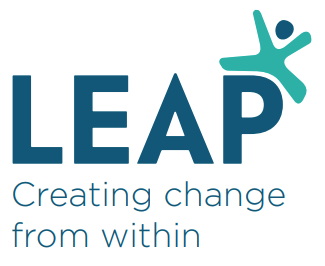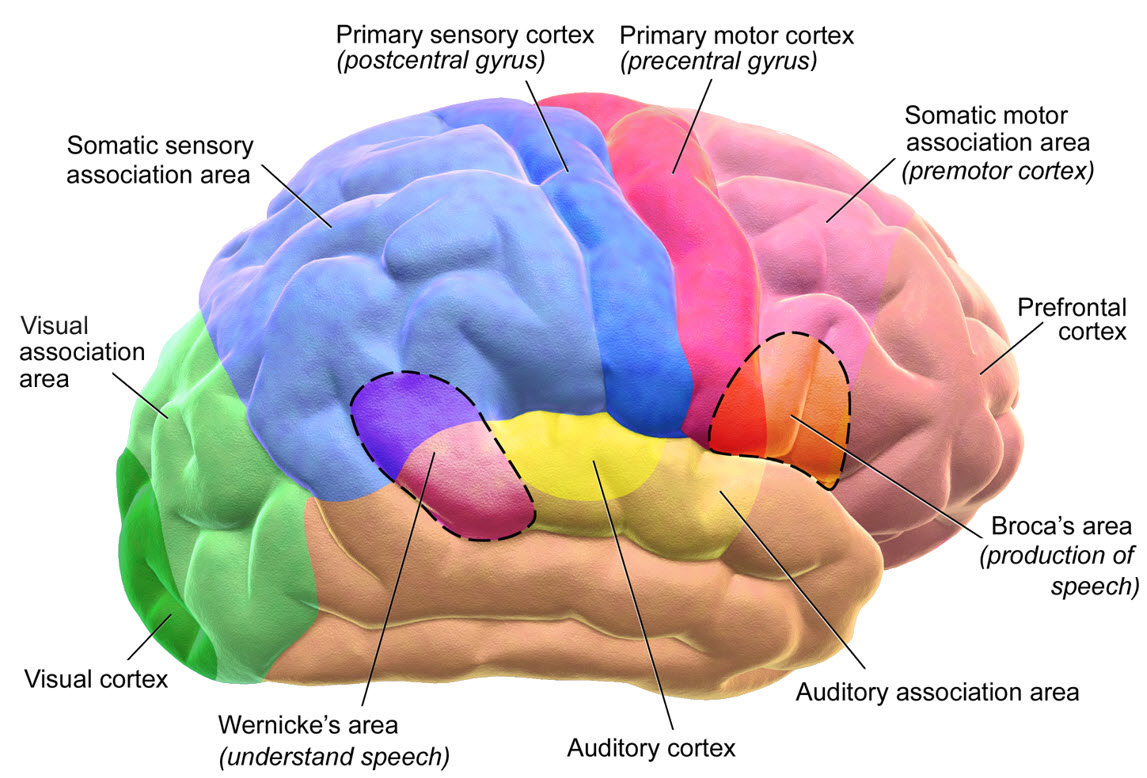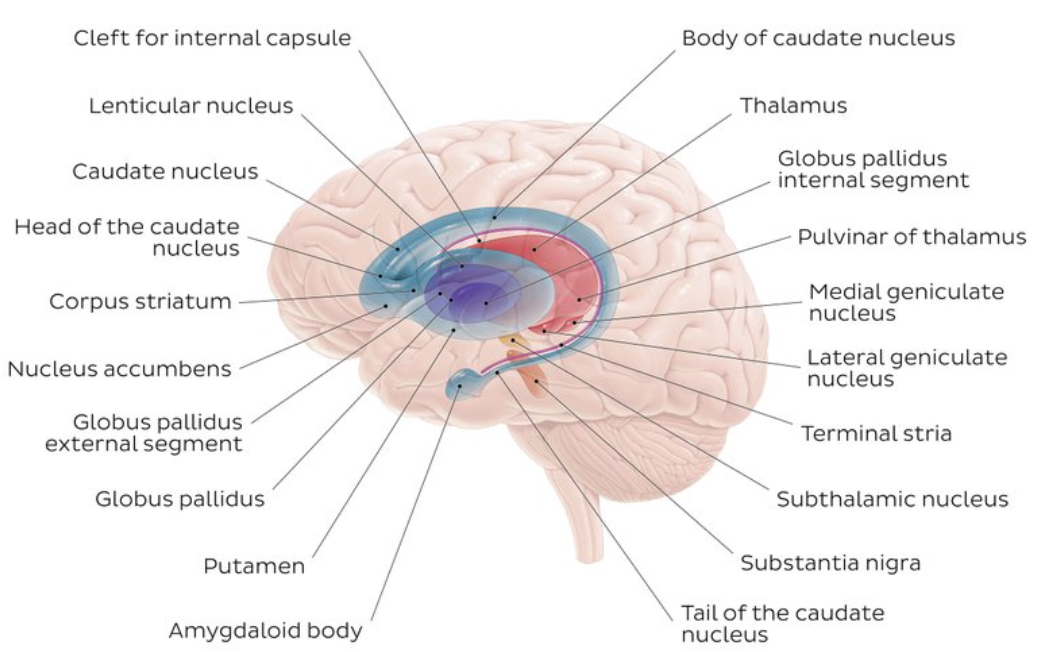Brain Integration (LEAP)
Life Enhancement Acupressure Protocol developed by Dr Charles Krebs

Focus Areas
Connections
Connections between the different parts of the brain (commissures, association and projection fibres).
Emotions
Emotional stresses linked to the Amygdala and Periventricular Survival System controlled behavioural and physiological responses.
Attention
Physiological and behavioural responses, controlled by Reticular Activating System (RAS)
Stress
Stress linked to short term and long term memory, auditory interpretation, comprehension and the formation of speech.
Balance
Balance, Equilibrium, Cordination – linked to Cerebellum motor modulation.
Modulation
Modulation of emotional and mental circuits.
Memory
Formation and retrieval of memory from short term, long term and working memory.
What is Brain Integration
For the brain to be fully integrated, it requires three things:
- The ability to access the specific brain functions required to perform a function.
- The ability for different brain areas to integrate / work synchronously with other brain areas.
- The ability to maintain this integration through varying degrees of stress.
Does loss of Brain Integration Matter?
According to Dr Charles Krebs:
Some of the conditions associated with loss of brain integration are:
- A wide variety of learning challenges related to reading, writing & spelling
- Dyslexia
- Sensory Integration problems
- Attention Deficit Disorder (ADD) and Attention Deficit Hyperactivity Disorder (ADHD)
- Central Auditory Processing Problem (CAPP) or Disorder (CAPD)
- Vision and visual perception problems
- Cognition and memory problems
- Closed head Injuries (e.g. resulting from concussion, etc.)
- Stroke and brain injury
LEAP development
The Learning Enhancement Acupressure Program (LEAP) was developed by Dr Charles Krebs to help children with learning and coordination problems. In this video, Dr Charles Krebs explains how he came across Kinesiology and was inspired to develop a course that would focus on helping the brain become more integrated.
Although the initial focus of LEAP was to assist children, adults also benefit from the Brain Integration (BI) protocols. Loss of BI may not be as obvious in adults, as we have created coping mechanisms and just don’t realise that what we experience and take as ‘normal’ isn’t normal for others.
For example: If you struggle with note taking during presentations or stumble over what you want to say during a speech, these are signs of loss of brain integration.
Dr Charles Krebs describes how he came to develop the LEAP program.
Cortical Areas
These are some of the cortical areas of the brain that we focus on in the LEAP (brain integration) program which deals with the following functions:
- Vision
- Hearing
- Balance
- Speech
- Movement (fine & gross)
- etc.


Sub-Cortical Areas
These are some of the sub-cortical areas of the brain that we focus on in the LEAP (brain integration) program.
- These structures play key roles in motor control, sensory processing, cognition, emotion, and consciousness.
- They are also involved in complex activities such as:
- Memory, emotion, pleasure,
- Hormone production,
- Regulation of character and emotional responses,
- Regulation of instinctual responses,
- Modulation of visceral and endocrine functions,
- Regulation of wakefulness and sleep.
Testimonials
Specialist Areas
The specialist Learning Enhancement Acupressure Program (LEAP) focuses on specific learning difficulties.
These sessions are only available after the Brain Integration sessions have been completed (typically 6 to 12 sessions).
These focus on the following areas:
- Reading, Comprehension
- Spelling
- Writing
- Hand Eye Coordination
- Maths
- Verbal concept formation
- Visuo-spatial reasoning
- Extended memory
Note:
The O’Neill College teamed up with Dr Charles Krebs and Jacque Mooney (Simply the Brain) to offer the LEAP Program.
The LEAP program is managed by Life Enhancement Acupressure Protocols – Breakthroughs International.
